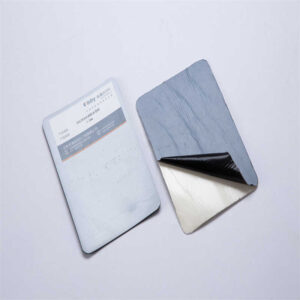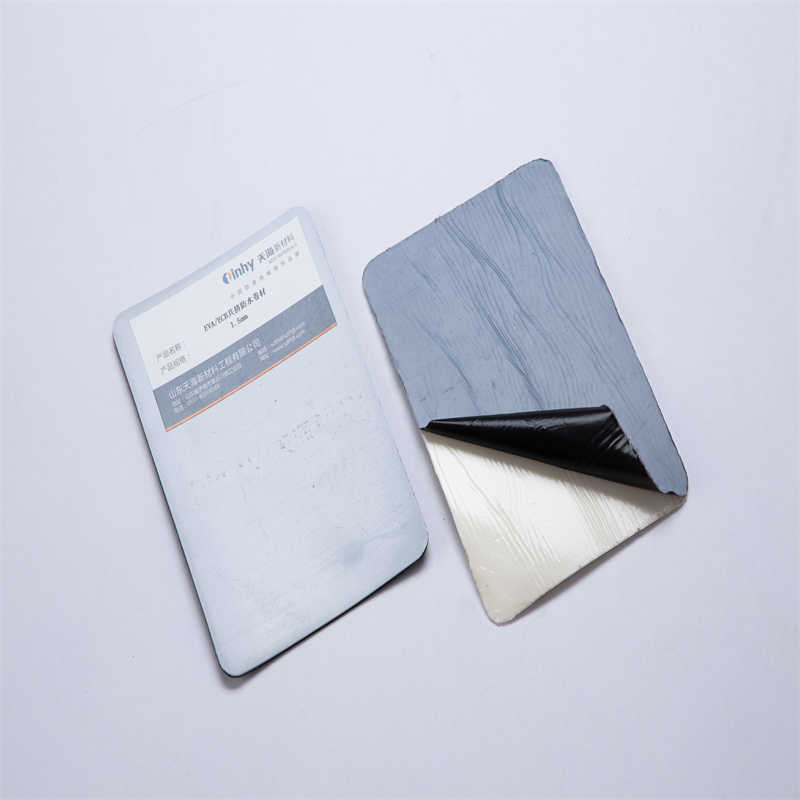Composite geomembrane is an efficient anti-seepage material widely applied in various engineering projects to improve waterproofing performance. Here are some specific methods and measures:

1. Optimization of Laying Techniques:
> Flat Laying: The contact surface between the composite geomembrane and the supporting material should be as flat as possible to prevent the membrane from being punctured. If the contact surface is uneven, a fine-grained cushion layer should be installed to protect the membrane.
> Minimizing Seams: In corners and irregular sections, the length of seams should be minimized. On slopes steeper than 1:6, welding seams should be avoided within 1.5 meters of the top slope or stress concentration areas.
> Layer-by-Layer Laying: Laying should be carried out from top to bottom layer by layer, ensuring that the membranes are flat and tightly connected without excessive tension.
2. Selection of Connection Methods:
> Welding and Adhesive Bonding: Choose appropriate connection methods, such as welding, adhesive bonding, or vulcanization, based on the material of the composite geomembrane. The anti-seepage performance of all connection seams should be inspected to ensure no leakage.
> Special Connection Treatments: When connecting the composite geomembrane to surrounding boundaries, excavate anchoring trenches and ensure a tight fit to secure the membrane firmly.
3. Design of Protective Layers:
> Protective Layer Thickness: Ensure a 10 cm thick soil layer is used as the protective layer, with particle sizes not exceeding 6 mm to prevent puncturing the composite geomembrane.
> Compaction of Protective Layer: The protective soil layer should be properly compacted, with the physical labor intensity of compaction work maintained at around 1.5.
4. Control of Construction Environment:
> Avoiding Damage: After laying, minimize walking and moving specialized tools on the membrane surface to prevent accidental damage.
> Consideration of Environmental Factors: During construction, consider environmental factors such as temperature and humidity to ensure that the performance of the composite geomembrane is not affected.
5. Material Selection and Enhancement:
> Increasing Thickness: Increasing the thickness of the composite geomembrane can enhance its anti-seepage capability, but cost control should be taken into account.
> Adding Anti-Seepage Agents: Apply anti-seepage agents on the surface or within the composite geomembrane to form a protective layer and prevent liquid penetration.
> Using Special Materials: Utilize special materials such as conductive materials or reflective materials to enhance the anti-seepage performance of the composite geomembrane.


